#Prince Feodor Alexandrovich
Text

Prince Andrei Alexandrovich, Prince Feodor Alexandrovich, and Princess Irina Alexandrovna
#Prince Andrei Alexandrovich#Prince Feodor Alexandrovich#Princess Irina Alexandrovna of Russia#Princess Irina Youssoupoff#Romanov#Yusupov
89 notes
·
View notes
Text
Portraits of Romanovs (and Relations) by Nicholas Panagiotti Zarokilli
Nicholas Pannagiottis Zarokilli was born in Turkey in 1879. He was a painter particularly fond of creating pictures of beautiful women. From 1912 to 1920, Zarokilli produced paintings for publications like MoToR, Modern Priscilla, Women’s Home Companion, The Green Book, McCall’s, and The Saturday Evening Post.
He also designed World War I posters. The United States needed money for the war, so the artist created posters to try and encourage people to give for the cause.
Zarokilli was known well for his dry-point paintings. Drypoint is a printmaking technique of the intaglio family, in which an image is incised into a plate or "matrix" with a hard-pointed "needle" of sharp metal or diamond point. In principle, the method is practically identical to engraving.
He painted portraits for people such as the Queen of Spain, the Archbishop of Canterbury, Grand Duchess Anastasia, the King of Portugal, and Mr. and Mrs. Solomon Guggenheim. Landscapes were also his love, painting the cities of Venice, Madrid, and Seville.
The following is his rendering of several members of the Romanov family (and other relations.) I have seen some of these here and there before (several of you have them in your Tumblrs and always admired them; I think he captures the likenesses admirably. I found the ones here together and identified on the British Museum website (they were done between 1920 and 1922.)
These are the names of the easily recognizable "personages" in the paintings in the order they appear below:
Prince Felix Yusupof (wearing a suit)
Prince Felix Yusupof (head)
Princess Irina Alexandrovna
Grand Duke Alexander Mikhailovich (sitting)
Grand Duke Alexander Mikhailovich (bust)
Prince Andrei Alexandrovich
Prince Feodor Alexandrovich
Grand Duchess Anastasia Mikhailovna
Grand Duke Kyril Vladimirovich
Grand Duchess Maria Pavlovna the Younger
Queen Marie of Romania (born Princess Marie Alexandra Victoria of Edinburgh) - Granddaughter of Queen Victoria
Queen Victoria Eugenie of Spain (born Princess Victoria Eugenie Julia Ena of Battenberg (youngest granddaughter of Queen Victoria, Hessian Princess through the morganatic Battenberg line)



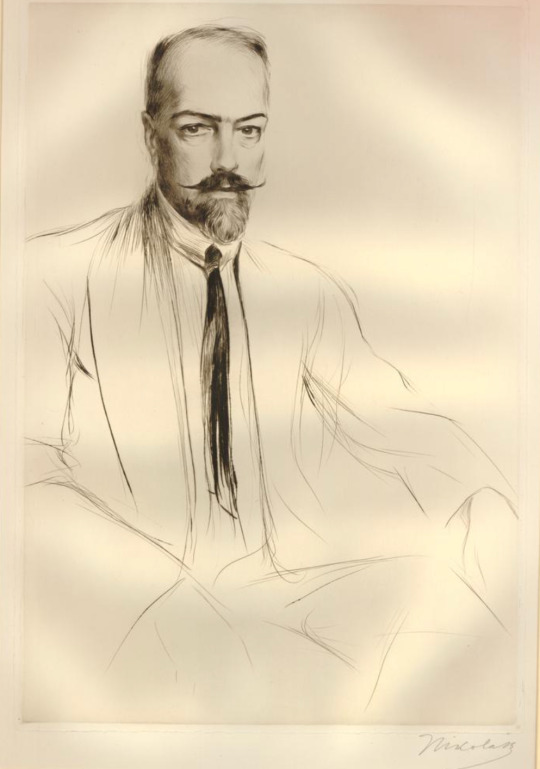
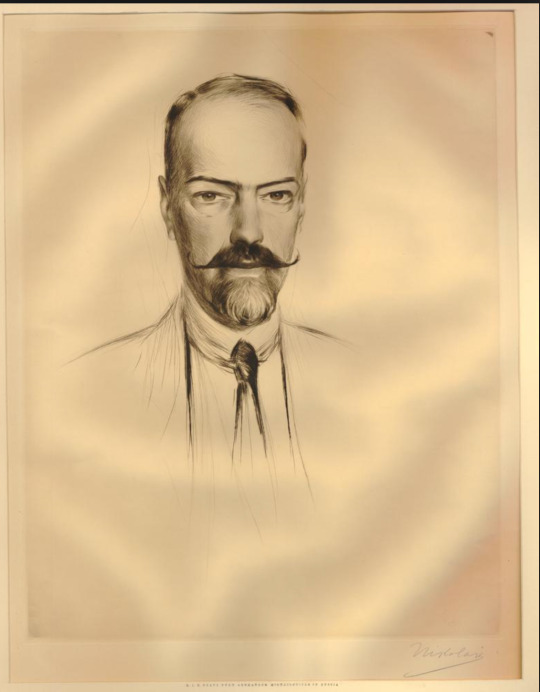

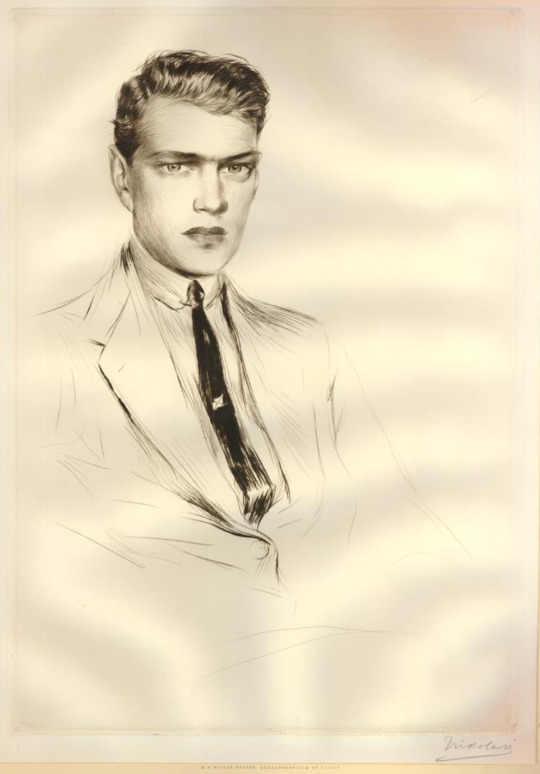


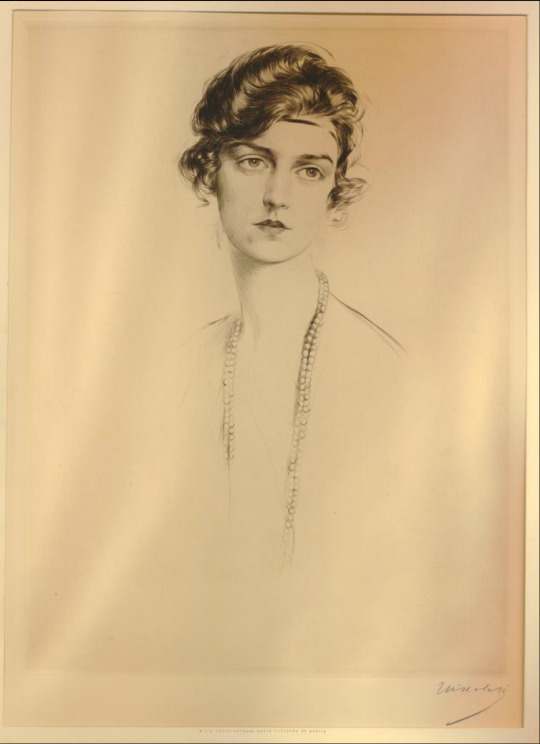

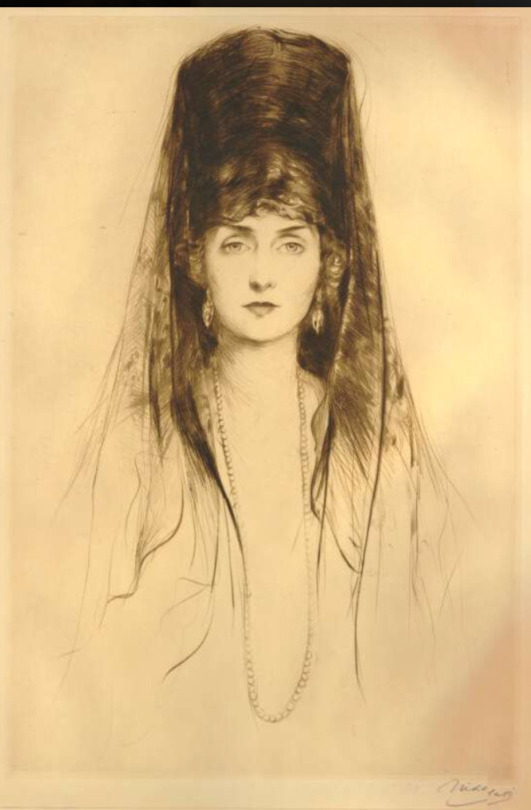
References
N.P. Zarokilli Archives | The Saturday Evening Post
Nicholas Panagiotti Zarokilli | British Museum
#Nicholas Panagiotti Zarokilli#Prince Felix Yusupov#Princess Irina Yusupov#Grand Duke Alexander Mikhailovich#Grand Duchess Anastasia Mikhailovna#Prince Andrei Alexandrovich#Prince Feodor Alexandrovich#Grand Duke Kyril Vladimirovich#Grand Duchess Maria Pavlovna the Younger#Queen Marie of Romania#Queen Victoria Eugenia of Spain#Romanov dynasty
36 notes
·
View notes
Text

Princess Irina Alexandrovna with her cousin Princess Nina Georgievna looking slyly at Princes Andrei and Feodor Alexandrovich, early 1900s
(Source: Pinterest)
30 notes
·
View notes
Text

Children of Grand Duchess Xenia Alexandrovna of Russia and Grand Duke Alexander Mikhailovich of Russia:
Princess Irina Alexandrovna of Russia
Prince Andrei Alexandrovich of Russia
Prince Feodor Alexandrovich of Russia
Prince Nikita Alexandrovich of Russia
Prince Dmitri Alexandrovich of Russia
Prince Rostislav Alexandrovich of Russia
Russian vintage postcard
#vintage#tarjeta#children#briefkaart#nikita#xenia#irina#alexander#andrei#postcard#photography#grand#xenia alexandrovna#alexander mikhailovich#postal#dmitri alexandrovich#rostislav alexandrovich#mikhailovich#carte postale#duke#sepia#alexandrovich#ephemera#andrei alexandrovich#princess#historic#russian#alexandrovna#ansichtskarte#prince
3 notes
·
View notes
Text




Grand Duke Alexander Mikhailovich of Russia and his three eldest children, Princess Irina, Prince Andrei, and Prince Feodor, by Zarokilli.
#grand duke alexander mikhailovich#princess irina alexandrovna#prince andrei alexandrovich#prince feodor alexandrovich#romanov#russia#zarokilli#portrait
47 notes
·
View notes
Photo
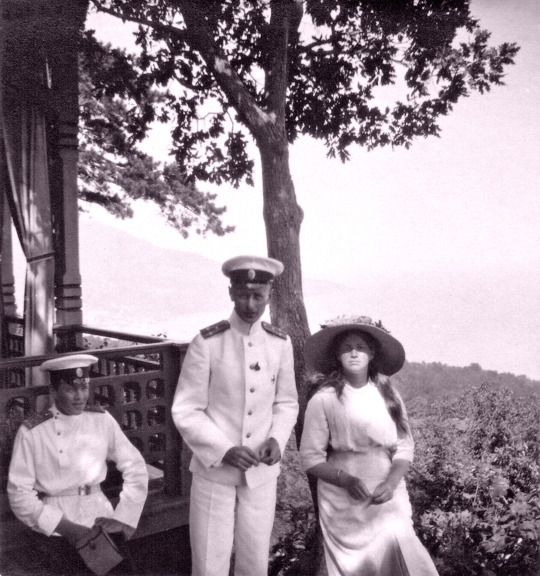
#otma#romanov#maria nikolaevna#prince feodor alexandrovich#vladimir konstantinovich molokhovets#eriklik
27 notes
·
View notes
Text
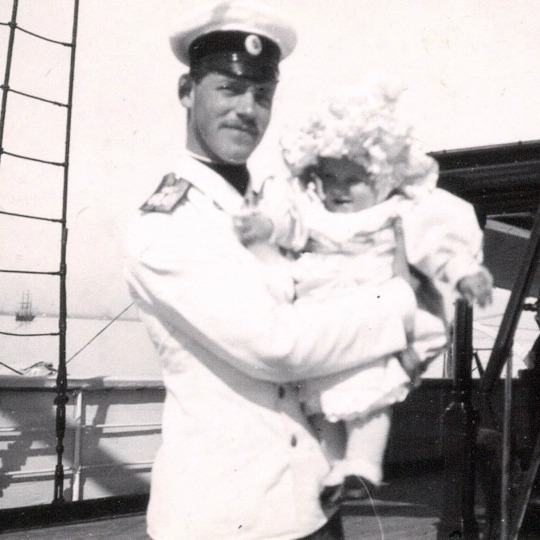
Grand Duke Michael Alexandrovich with nephew Feodor Alexandrovich; 1899.
(source: 📷)
#grand duke michael#michael alexandrovich#prince feodor#Feodor alexandrovich#my own#prince#grand duke
24 notes
·
View notes
Photo






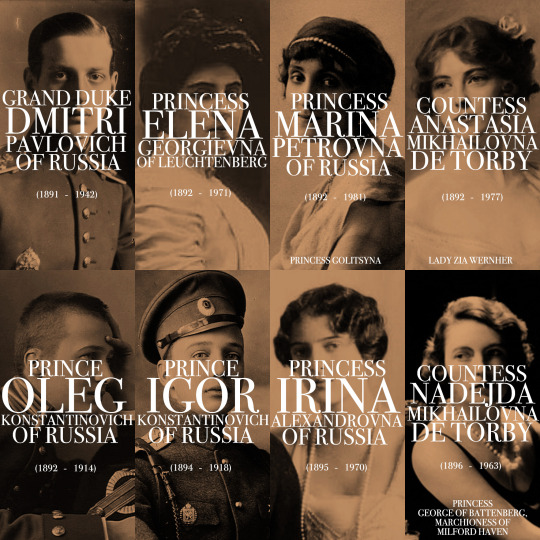



The Great-Grandchildren of Emperor Nicholas I
Emperor Nicholas I had 79 legitimate (incl. morganatic) great-grandchildren — 72 of whom survived to childhood. Two of whom became reigning monarchs [Emperor Nicholas II of Russia and King Constantine I of Greece]. Two became Queen consorts of Romania [Princess Marie of Edinburgh] and of Denmark [Duchess Alexandrine of Mecklenburg-Schwerin], while another became Crown Princess of Prussia [Duchess Cecilie of Mecklenburg-Schwerin]. One became the last Chancellor of the German Empire [Prince Maximilian of Baden, also known as Margrave of Baden], and another became a ruling Grand Duke of a German princely state [Mecklenburg-Schwerin].
Among the 72 great-grandchildren that survived to adulthood, 54 of them have living descendants today. Including King Felipe VI of Spain, Queen Margrethe II of Denmark, and King Charles III of the United Kingdom.
Notes:
- Princess Alexandra of Greece and Denmark is the mother of Grand Duchess Maria Pavlovna and Grand Duke Pavlovich.
- Grand Duchess Xenia Alexandrovna of Russia is the mother of Princess Irina Alexandrovna, Prince Andrei, Feodor, Nikita, Dmitri, Rostislav, and Vasili Alexandrovich.
- Princess Maria of Greece and Denmark is the mother of Princess Nina Georgievna and Princess Xenia Georgievna.
- Prince Andrew of Greece and Denmark is the father-in-law of Queen Elizabeth II, thus the grandfather of the Prince of Wales.
- Eight of Emperor Nicholas I’s great-grandchildren married each other: Duke Peter Alexandrovich of Oldenburg & Grand Duchess Olga Alexandrovna of Russia; Prince Nicholas of Greece and Denmark & Grand Duchess Elena Vladimirovna of Russia; Grand Duke Kirill Vladimirovich of Russia & Princess Victoria Melita of Saxe-Coburg and Gotha; Prince Feodor Alexandrovich of Russia & Princess Irina Paley.
- Six of Emperor Nicholas I’s great-grandchildren [Emperor Nicholas II, Grand Duke Michael Alexandrovich, Prince Ioann Konstantinovich, Prince Konstantin Konstantinovich, Prince Igor Konstantinovich and Prince Vladimir Paley] were executed by the Bolsheviks in the summer of 1918.
87 notes
·
View notes
Note
Hello! Do you please have any advice or tips on how to find collectables like postcards of members of the extended Romanov family, such as Xenia and Sandro's children? Thank you so much!
I sometimes have success with vague searches, like "royalty + russia" or "prince + russia." Sometimes sellers don't know who/what they have (Sandro gets confused for Nicholas II fairly often, for example. I've seen photos of Vladimir Kirillovich listed as Alexei, etc). There's also the different spellings of names that can be a problem: is it listed as Prince Andrei or Prince Andrew? Feodor or Theodore? Irina or Irene? Vasili or Vassily or Basil? etc. so sometimes the vague searches are helpful, although you do have to weed through a lot of other stuff. Or sometimes you just have to search for all variants of the name you can think of!
Also: 'prince + alexandrovich' is worth a shot. With Irina, searching for various spellings of Yusupov (Youssoupoff etc) is helpful sometimes.
Also sometimes searching in French or German finds good stuff! 'prince + russie' or 'prinz + russland' for example!
4 notes
·
View notes
Text

Theatrical troupe named "Le Vessiolyi Arnolf ", theatrical performance by residents of the Imperial Family and friends at Ai-Todor and Koreiz (Crimea) in 1918:
Back Row Left to Right:
Prince Feodor Alexandrovich Romanov
Prince Nikita Alexandrovich Romanov
Prince Roman Petrovich Romanov
Baron Alexander Nikolaevich Fersen
Vera Alexandrovna Somova
Prince Felix Felixovich Yusupov
Front Row Left to Right:
Princess Irina Alexandrovna Romanova-Yusupova
Prince Andre Alexandrovich Romanov
Baroness Maria Alexeievna Stael von Holstein
Baron Pavel Nikolaevich Fersen
Duchess Elena Georgievna of Leuchtenberg,Princess
Romanovskaya
? Pavlov
Princess Marina Petrovna Romanova
Olga Konstantinovna Tchirikova
Count Stephan Eugenius Maria Tyszkiewicz
11 notes
·
View notes
Photo

Princess Irina Alexandrovna, Prince Andrei Alexandrovich, and Prince Feodor Alexandrovich
#Princess Irina Alexandrovna of Russia#Princess Irina Youssoupoff#prince andrei alexandrovich#Prince Feodor Alexandrovich#Romanov#Yusupov
54 notes
·
View notes
Text

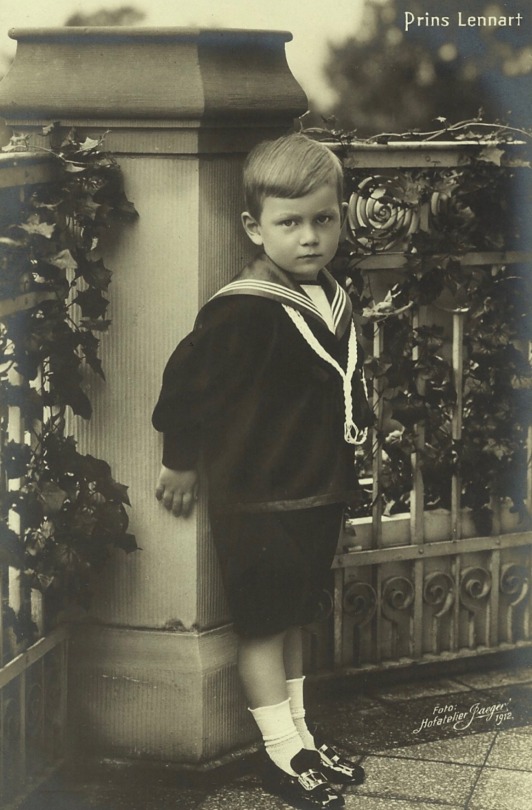



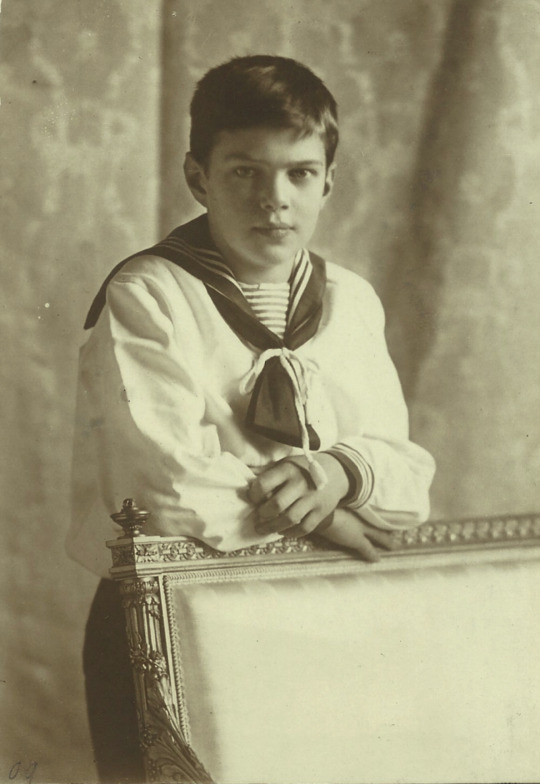
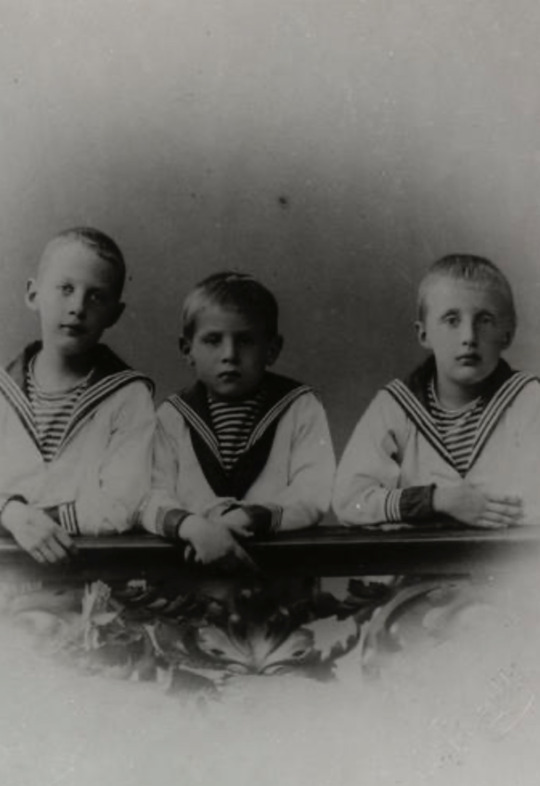
Princes in sailor suits
Even today, once in a while, we’ll see a little boy (or girl) walking down the boardwalk on a beach, or playing by a lake, wearing a little sailor suit. Of course, they are not the uniforms they used to be. But they are still just as flattering and still out there.
Here are several pictures of young princes wearing their sailor suits: Tsarevich Alexis; Prince Lennart of Sweden, son of Grand Duchess Maria Pavlovna the younger and Prince Wilhelm, Duke of Sodermanland; Prince John, youngest son of George V and Queen Mary; Prince George of Greece and Denmark; George Donatus and Louis, sons of Ernst Ludwig, Grand Duke of Hesse; Prince Feodor Alexandrovich, son of the daughter of Tsar Alexander III, Xenia Alexandrovna, and Grand Duke Alexander; Prince Ioann and Prince Gavriil Konstantinovich and between them, Prince Christopher of Greece and Denmark.
And to cap the post, two of our present royalties, looking their handsomest wearing sailor suits.

#European royalty#sailor suit#tsarevich alexey#prince lennart bernadotte#Prince Ioann Konstantinovich#Prince Gavriil Konstantinovich#Prince Christopher of Greece and Denmark#Prince George of Greece and Denmark#Prince Feodor Alexandrovich#Hereditary Grand Duke George Donatus Prince Louis of Hesse#Prince William of the United Kingdom#Prince Louis of the United Kingdom’s
13 notes
·
View notes
Photo


Photo 1 : Prince Feodor Alexandrovich, Prince Andrei Alexandrovich, Grand Duchess Maria Nikolaevna, Grand Duchess Anastasia Nikolaevna and Grand Duchess Olga Nikolaevna in Ropsha, 11th August 1908.
Photo 2 : Grand Duchess Anastasia Nikolaevna, Tsarevich Alexei Nikolaevich and Grand Duchess Maria Nikolaevna in Ropsha, 6th - 14th August 1908.
"11th August. Monday.
In the morning, went to the field with S.I. and O.E. Irina, Andrei and Feodor drank tea with us. We all played in the garden. In the evening, S.I. read."
(1908 Diary of Grand Duchess Olga Nikolaevna)
Photos from:
Grand Duchess Olga Nikolaevna's 1908-1910 Album
Grand Duchess Anastasia Nikolaevna's 1905-1910 Album
#1908#ropsha#Olga Nikolaevna Romanova#Maria Nikolaevna Romanova#Anastasia Nikolaevna Romanova#Alexei Nikolaevich
41 notes
·
View notes
Text
Icon, Saint&Reading: Sat., Mar. 27, 2021
Commemorated on March 14_by the new calendar
Venerable Benedict of Nursia, abbot (543)
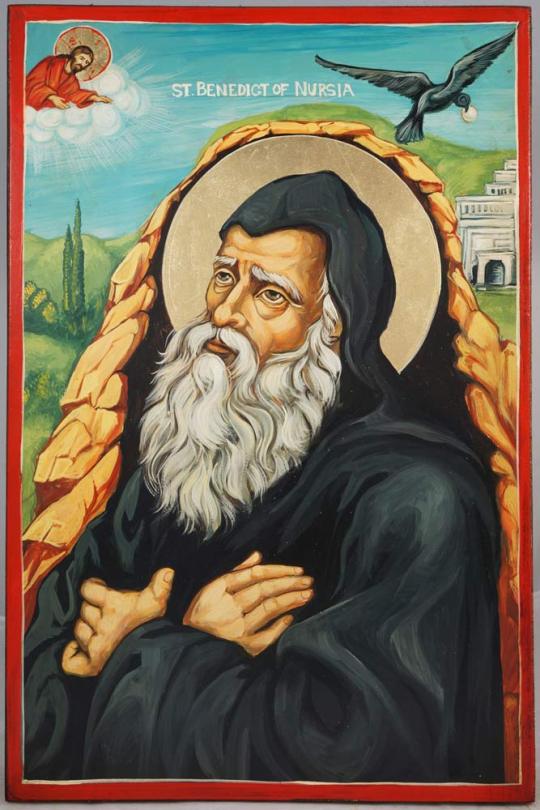
The Monk Benedict, founder of the western monastic order of the Benedictines, was born in the Italian city of Nursia in the year 480. At 14 years of age the saint was sent off by his parents for studies at Rome, but vexed at the immorality there surrounding him, he decided to devote himself to a different sort of life. At first Saint Benedict settled near the church of the holy Apostle Peter in the village of Effedum, but news about his ascetic life compelled him to go farther into the mountains. There he encountered the hermit Romanus, who tonsured him into monasticism and directed him to a remote cave for a domicile. From time to time the hermit would bring the saint food. For three years in total solitude the saint waged an harsh struggle with temptations and conquered them. People soon began to gather to him, thirsting to live under his guidance. The number of disciples grew so much, that the saint divided them into twelve communities. Each community was comprised of twelve monks and was a separate skete-monastery. And to each skete the saint gave an hegumen-abbot from among his experienced disciples.
With the Monk Benedict remained only the new-made monks for instruction.
The strict monastic-rule, established by Saint Benedict for the monks, was not taken to heart by everyone, and the monk more than once became the victim of abuse and vexation.
Finally he settled in Campagna and on Mount Cassino he founded the Monte Cassino monastery, which for a long time was a centre of theological education for the Western Church. At the monastery was created a remarkable library. And at this monastery the Monk Benedict wrote his ustav-rule, based on the experience of life of the Eastern wilderness-dwellers and the precepts of the Monk John Cassian the Roman (Comm. 29 February). The monastic-rule was accepted afterwards by many of the Western monasteries (by the year 1595 it had come out in more than 100 editions). The rule prescribed for monks an absolute renunciation of personal possessions, unconditional obedience and constant work. It was considered the duty of older monks to teach children and to copy out ancient manuscripts. This helped to preserve many memorable writings, belonging to the first centuries of Christianity. Every new postulant was required to live as a novice-obedient over the course of a year, to learn the monastic rule and to become acclimated to monastic life. Every deed required a blessing. The head of this common-life monastery is the hegumen-abbot, having all the fulness of power. He discerns, teaches and explains. The hegumen solicits the advice of the elders and the experienced brethren, but he personally makes the decision. The fulfilling of the monastic-rule is strictly binding for everyone and is regarded as an important step, nigh to perfection.
Saint Benedict was vouchsafed of the Lord the gift of foresight and wonderworking. He healed many by his prayers. The monk foretold his end beforehand.
The sister of Saint Benedict, Saint Scholastica, likewise became famed for her strict ascetic life and was ennumerated to the ranks of the Saints.
© 1996-2001 by translator Fr. S. Janos.
ICON: The Theodorov (Feodorov) - Kostroma
Commemorated on March 14, August 16_ by the new calendar
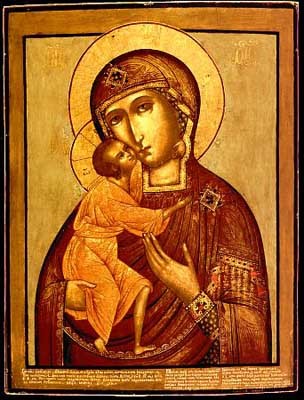
The Theodorov (Feodorov) - Kostroma Icon of the Mother of God was written by the Evangelist Luke and is close in iconography to the Vladmir Icon of the Mother of God.
This icon received its name from GreatPrince Yaroslav Vsevolodovich (+ 1246), the father of Saint Alexander Nevsky, and who received in holy Baptism the name Theodore (Feodor) – in honour of Saint Theodore Stratelates. It was found, according to tradition, by his elder brother, Saint Yurii Vsevolodovich (+ 1238, Comm. 4 February), in an old wooden chaplet near the old city of Gorodets – later on at this spot was built the Gorodetsk Theodorov monastery. Prince Yaroslav-Theodore became the GreatPrince of Vladimir after his brother Saint Yurii perished in battle with the Tatar-Mongols at the Sita River, and subsequently in the year 1239, he solemnly transferred the relics of his brother from Rostov to the Vladimir Uspenie (Dormition) cathedral. And with this same icon inherited from his brother, he blessed his own son, Saint Alexander Nevsky, who that very year entered into marriage with the daughter of the Polovetsian prince Briacheslav.
Yaroslav-Theodore left behind in Russian history a remarkable memory of himself. He continued with the glorious traditions of his uncle – Saint Andrei Bogoliubsky (Comm. 4 July), and of his father – Vsevolod III Big-Nest ("Bol'shoe Gnezdo"), and he was thus connected to almost all of the significant events in the history of Rus' in the first half of the XIII Century. He inherited the legacy of Rus', burnt and hacked apart in the years 1237-1238 by the Tatar-Mongols. He raised it up from the ashes, rebuilt and embellished the cities, the holy monasteries and the churches. He restored cities along the Volga devastated by the enemy: Kashin, Uglich, Yaroslavl', Kostroma, Gorodets. The church of Theodore Stratelates at Kostroma and the Theodorov monastery near Gorodets were founded by him in honour of his patron saint. For all of eight years he stood at the helm as greatprince, but during this while he had to guide the land through a singularly difficult path for these times – maintaining a military-political balance with the Golden Horde to the East, while mounting an active opposition to Catholic Europe in the West. His closest companion was his son, Saint Alexander Nevsky, who also continued his governing policy.
The wonderworking Theodorov Icon of the Mother of God – with the blessing of his father – was constantly with Saint Alexander, and it was his prayer-icon. After his death (Saint Alexander Nevsky died on 14 November 1263 in Gorodets, at the monastery founded by his father), the icon was taken by his younger brother Vasilii.
Vasilii Yaroslavich was the "little-est", that is, he was the youngest (eighth) son of Yaroslav Vsevolodovich. In 1246 after the death of his father, (prince Yaroslav was poisoned in the capital city of Mongolia – Karakorum), when he was but five years old, he became prince of the Kostroma appanage-holding – the least important in the domains of his father. But in the year 1272 God destined for him to become GreatPrince of Vladimir. His four years as greatprince (1272-1276) were filled with the typical for these times princely fratricidal quarrels. For several years he waged war against Novgorod with an unruly nephew Dimitrii Alexandrovich. In becoming greatprince, however, Vasilii did not journey off to Vladimir, but remained under the protection of the wonderworking icon at Kostroma, regarding this place more hopeful in case of new outbreaks of strife.
He had occasion also to defend Rus' against external enemies. In 1272, during the course of a Tatar incursion, a Russian army came forth from Kostroma to engage them. On the example of his grandfather, Saint Andrei Bogoliubsky – who took with him on military campaigns the wonderworking Vladimir Icon of the Mother of God, – prince Vasilii went off into battle with the wonderworking Theodorov Icon. Bright rays shot out from the holy image, striking the enemy; the Tatars were routed and expelled from the Russian land.
The chronicles relate, the GreatPrince Vasilii had an especial love for the Church and the clergy. After the martyr's death of the Vladimir bishop Mitrophan during the storming of Vladimir by Tatars on 4 February 1238, the Vladimir diocese had for a long period of years remained as though widowed. This grieved GreatPrince Vasilii. With his help in 1274 there was constructed in Vladimir the large Cathedral church. This was apparently in connection with the consecration as bishop of Vladimir of Sainted Serapion (+ 1275, Comm. 12 July) – who was an hegumen from Pechersk; this was presided over by Metropolitan Kirill III (+ 1282) and a sobor-council of Russian hierarchs. The purpose of the council's actions was quite extensive – this was the first Sobor in the Russian Church since the time of the Mongol invasion. Many a problem and disorder had arisen in church life, but the Russian Church was just barely beginning to recover from the woe that had befallen it. A chief task for it was the rebirth of Russian churchly literacy, and the restoration of the tradition of the ancient Russian "princely order". Without books the salvific activity of the Church would be well nigh impossible: they were needed for the Divine-services, and for preaching, for cell meditation by monks, and for at-home reading by believers. With the efforts of Metropolitan Kirill together with the Russian bishops and monk-scholars, this task, – the most important for the subsequent Christian enlightenment of Rus', was successfully undertaken. The Sobor adopted a new redaction of the essential books – the fundamental canonical codex of Orthodox churchly life.
In the year 1276 prince Vasilii finished his life's journey, the most important steps along the way of which were beneathe the overshadowing blessing of the Theodorov Icon of the Mother of God. He died at Kostroma and there also found the place of his final rest. The holy icon has been from that time in the Kostroma cathedral of Saint Theodore Stratelates.
Renewed interest in the Theodorov Icon of the Mother of God and the wide spreading about of its veneration throughout all Russia is connected with events of the beginning of the XVII Century – with the cessation of the Time of Troubles. In the year 1613 the wonderworking Theodorov Icon from the Kostroma cathedral was used in blessing the selection of Mikhail Romanov as the new tsar. In memory of this historic event there was established under 14 March the general commemoration of the Theodorovsk Icon of the Mother of God. Numerous copies were made from the Kostroma Theodorovsk Icon, and one of the first was commissioned and brought to Moscow by the mother of tsar Mikhail – the nun Martha. From the second half of the XVII Century, various copies of the Theodorov Icon received an enlargement with vignettes, depicting events from the history of the wonderworking icon.
In the year 1670 the monk-deacon Longin from the Kostroma Ipat'ev monastery wrote the "Narrative concerning the manifestations and miracles of the Theodorov Icon of the Mother of God in Kostroma". Not all the things contained in its information co-incides with things previously stated, reflecting the people's memory as regarding chronology and laws.
The Theodorov Icon is two-sided. On the reverse side – is the image of the holy GreatMartyress Paraskeva, depicted in the splendid attire of a princess. It is conjectured, that the image of Paraskeva on the reverse of the icon is connected with the spouse of Saint Alexander Nevsky


John 5:24-30 (
24 Most assuredly, I say to you, he who hears My word and believes in Him who sent Me has everlasting life, and shall not come into judgment, but has passed from death into life. 25 Most assuredly, I say to you, the hour is coming, and now is, when the dead will hear the voice of the Son of God; and those who hear will live. 26 For as the Father has life in Himself, so He has granted the Son to have life in Himself, 27 and has given Him authority to execute judgment also, because He is the Son of Man. 28 Do not marvel at this; for the hour is coming in which all who are in the graves will hear His voice 29 and come forth-those who have done good, to the resurrection of life, and those who have done evil, to the resurrection of condemnation. 30 I can of Myself do nothing. As I hear, I judge; and My judgment is righteous, because I do not seek My own will but the will of the Father who sent Me.
1 Thessalonians 4:13-17
13��But I do not want you to be ignorant, brethren, concerning those who have fallen asleep, lest you sorrow as others who have no hope.14 For if we believe that Jesus died and rose again, even so God will bring with Him those who sleep in Jesus.15 For this we say to you by the word of the Lord, that we who are alive and remain until the coming of the Lord will by no means precede those who are asleep.16 For the Lord Himself will descend from heaven with a shout, with the voice of an archangel, and with the trumpet of God. And the dead in Christ will rise first.17 Then we who are alive and remain shall be caught up together with them in the clouds to meet the Lord in the air. And thus we shall always be with the Lord.
#orthodoxy#orthodox christianity#originofchristianity#spirituality#holyscriptures#gospel#sacred texts#icon#sacredart
4 notes
·
View notes
Text

Prince Feodor Alexandrovich of Russia.
30 notes
·
View notes
Photo
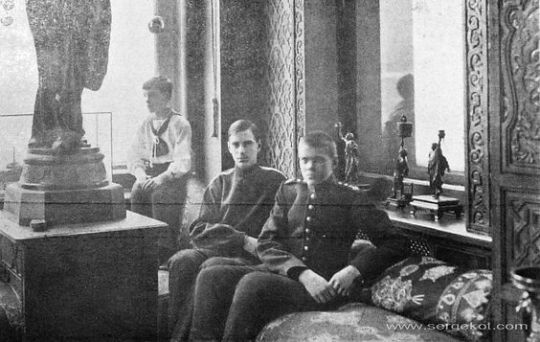
Princes Rostislav, Andrei and Feodor Alexandrovich Romanov, nephews of Tsar Nicholas II
#grand duchess Xenia alexandrovna#feodor alexandrovich#andrei romavov#feodor romanov#rostislav romanov#imperial russia#Romanov
43 notes
·
View notes